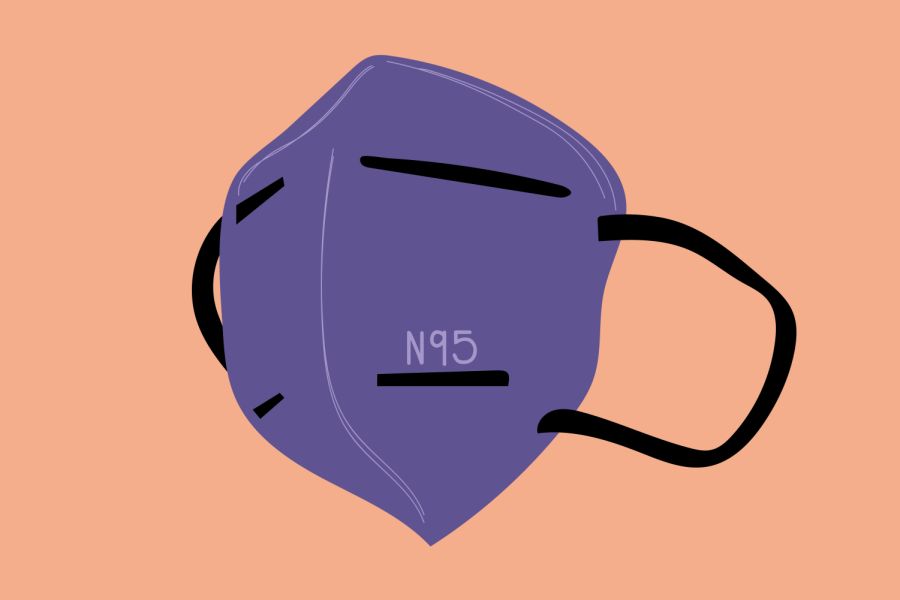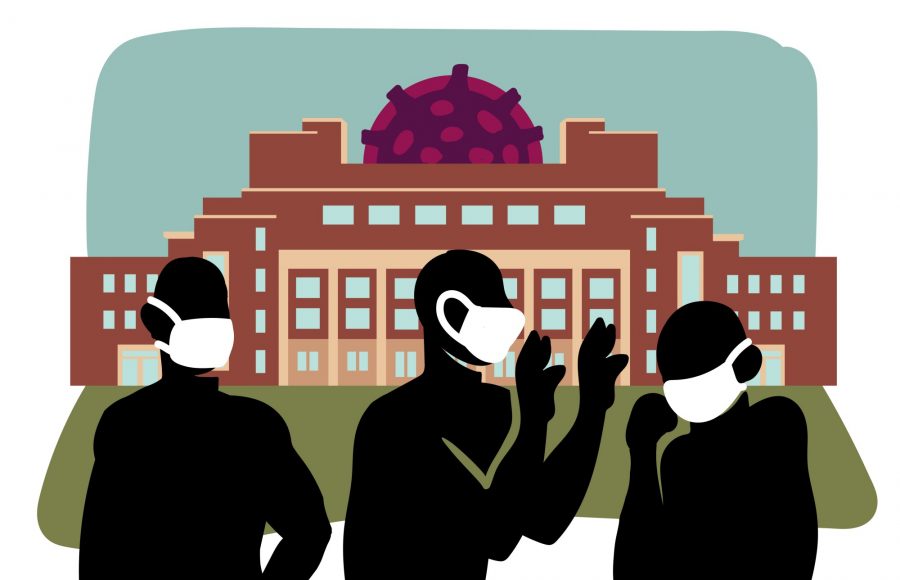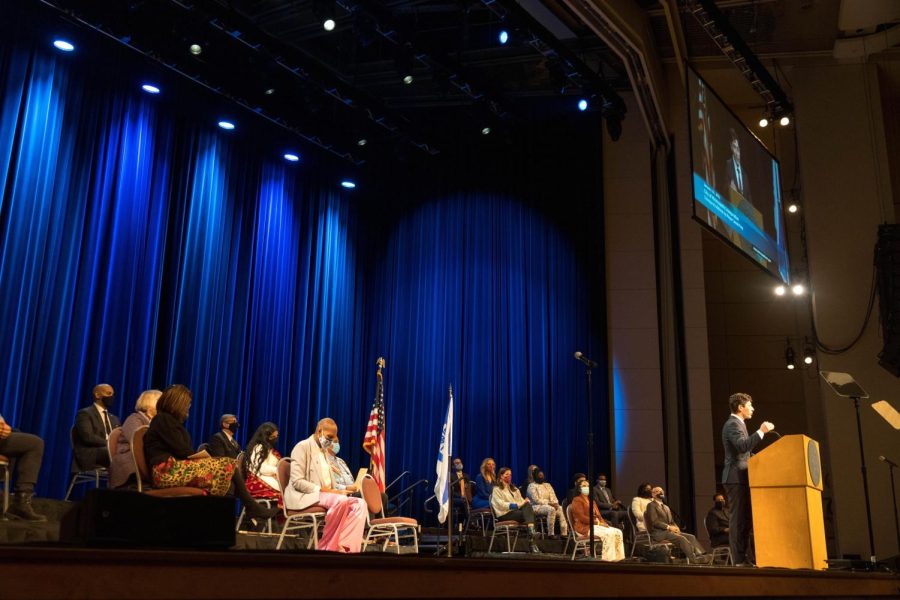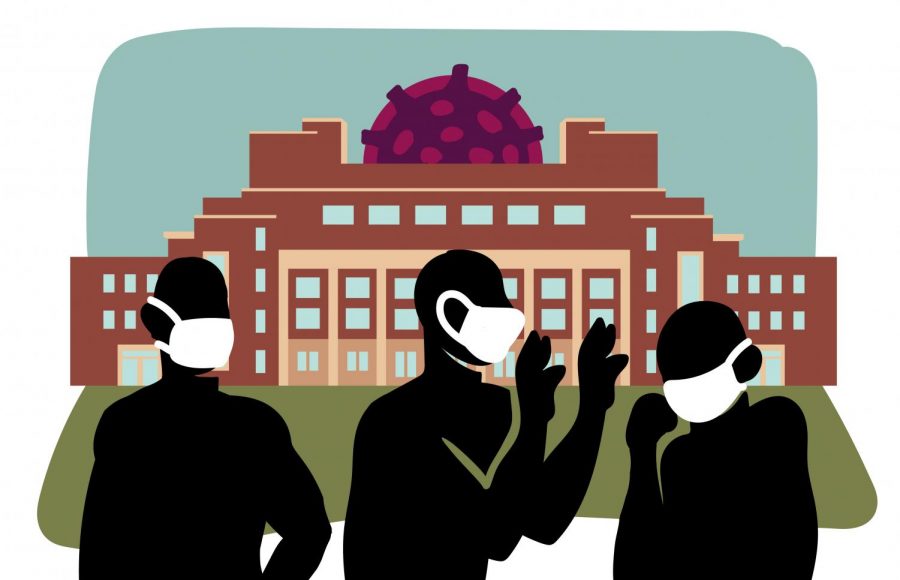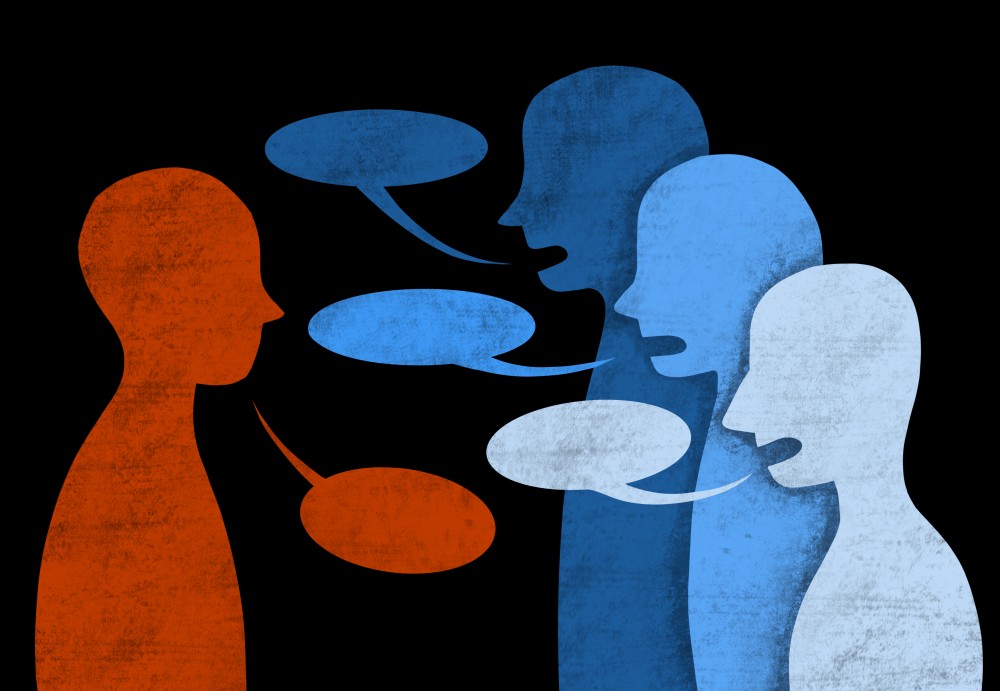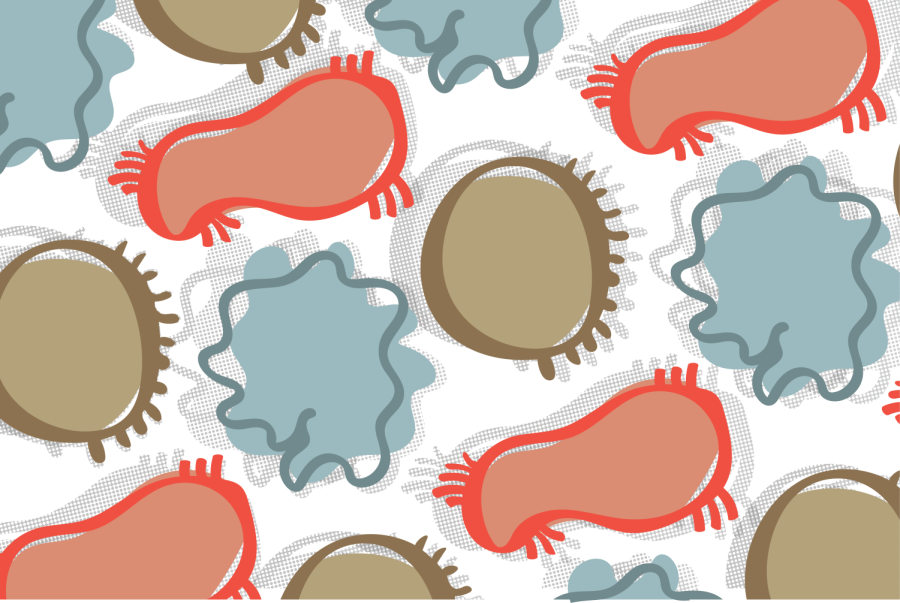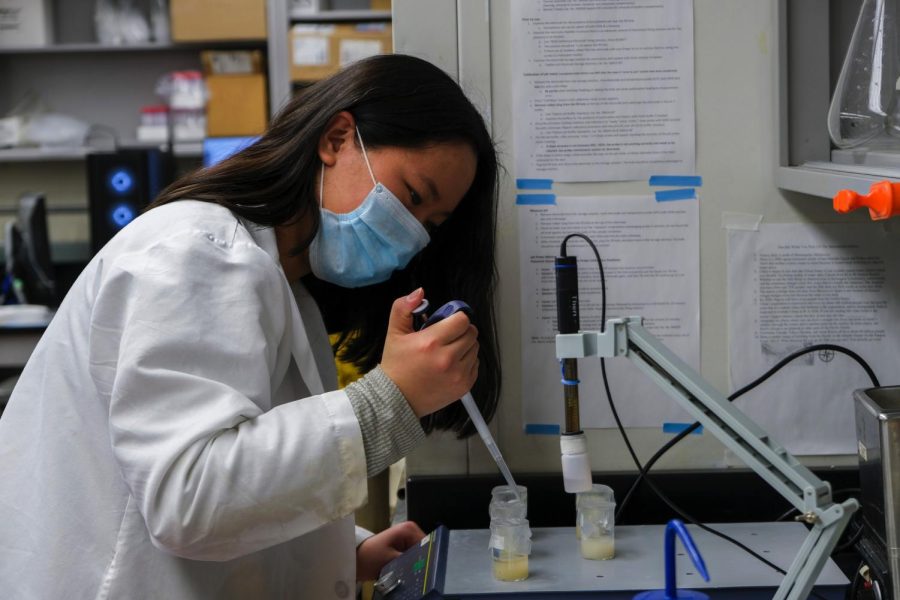University of Minnesota researchers made new discoveries about the COVID-19 virus, including new possible drug targets.
The researchers published a paper last month in Nature that highlights how the virus is structured and bound to human cells. They created a 3D structure of the virus that revealed binding sites for possible antibody drug targets. Now the researchers are working with other University departments in hopes of eventually creating a vaccine and antiviral drugs.
“Every hour we put in, every discovery we make and every puzzle that we solve may save lives and reduce the economic destruction of COVID-19,” said Fang Li, the lead researcher and an associate professor in the Department of Veterinary and Biomedical Sciences in an email to the Minnesota Daily.
Li’s lab has been studying coronaviruses for over a decade and began studying SARS-CoV-2, the virus that causes COVID-19, when its gene sequence was released in January. The study revealed how the virus’ proteins bind to the human receptor ACE2, which is stronger than how another coronavirus identified in 2003, SARS-CoV, binds.
“The structural biology work we recently published is providing a blueprint for designing effective antibody drugs and vaccines,” Li said. “However, SARS-CoV-2 is a tricky virus – we have been surprised many times by its behavior, even after studying SARS-CoV and other coronaviruses for many years.”
The researchers are studying the virus every day, with the first scientist opening the lab at 5 a.m. and the last leaving at 11 p.m. Li originally took a sabbatical this semester but has still been working 16-hour days for this research. Due to how busy the researchers have been progressing their findings, the majority of the interviews for this story had to be conducted over email.
“We are racing against the destruction of COVID-19. The more creativity and dedication we put in, the more likely we will get ahead of the virus,” he said.
The researchers have made initial discoveries, but they need to work with other scientists to test eventual vaccines or antiviral drugs in animals, followed by eventual human trials, Li said.
“Now more than ever, we need these collaborations to turn basic scientific discoveries into effective clinical treatment,” he said.
Due to the need to conduct this research quickly, other University researchers like Hideki Aihara and his lab helped operate the X-ray crystallography or the 3D structure of the virus’ protein.
“When you want to look at atomic details of molecules, that’s the classical method,” Aihara said.
The discovered binding sites may play important roles in how the virus is transmitted from animals to humans, said Jian Shang, an author of the paper and a University postdoctoral associate in veterinary and biomedical sciences, in an email to the Daily.
He said, “According to an old Chinese idiom, ‘Know yourself and know your enemy, and you will never be defeated.’ If we want to win the battle against the new coronavirus, we need to first understand how it infects humans.”










